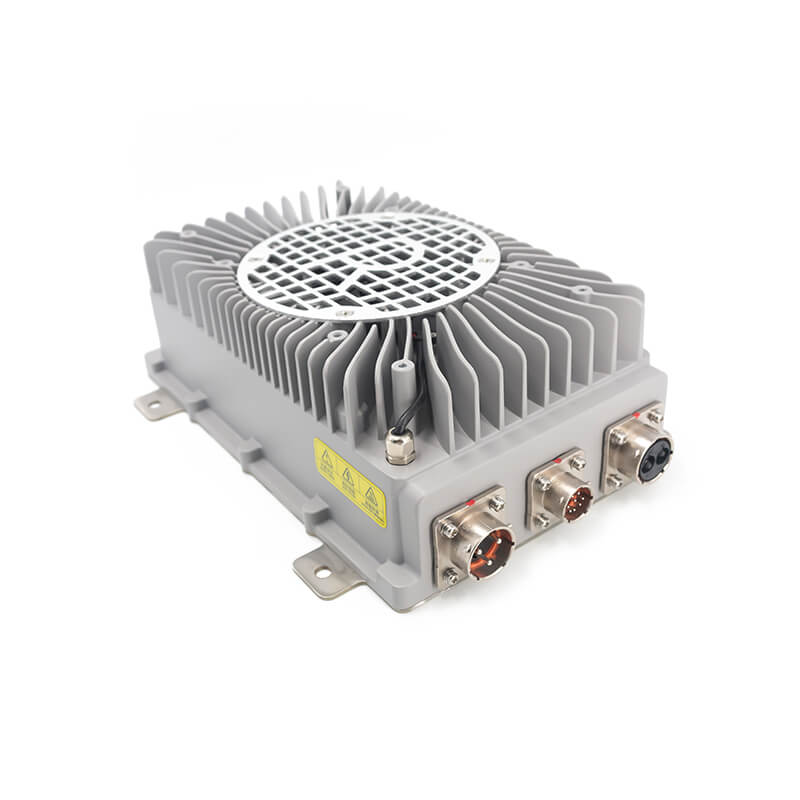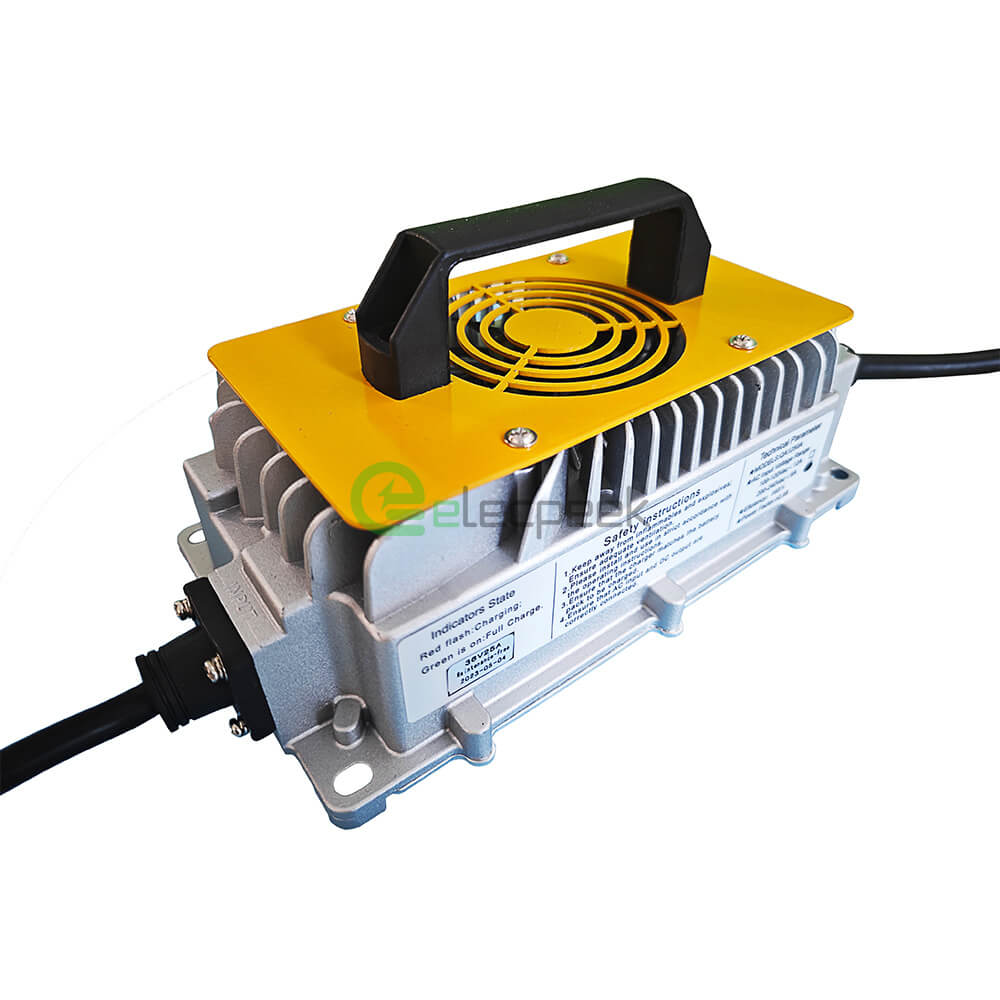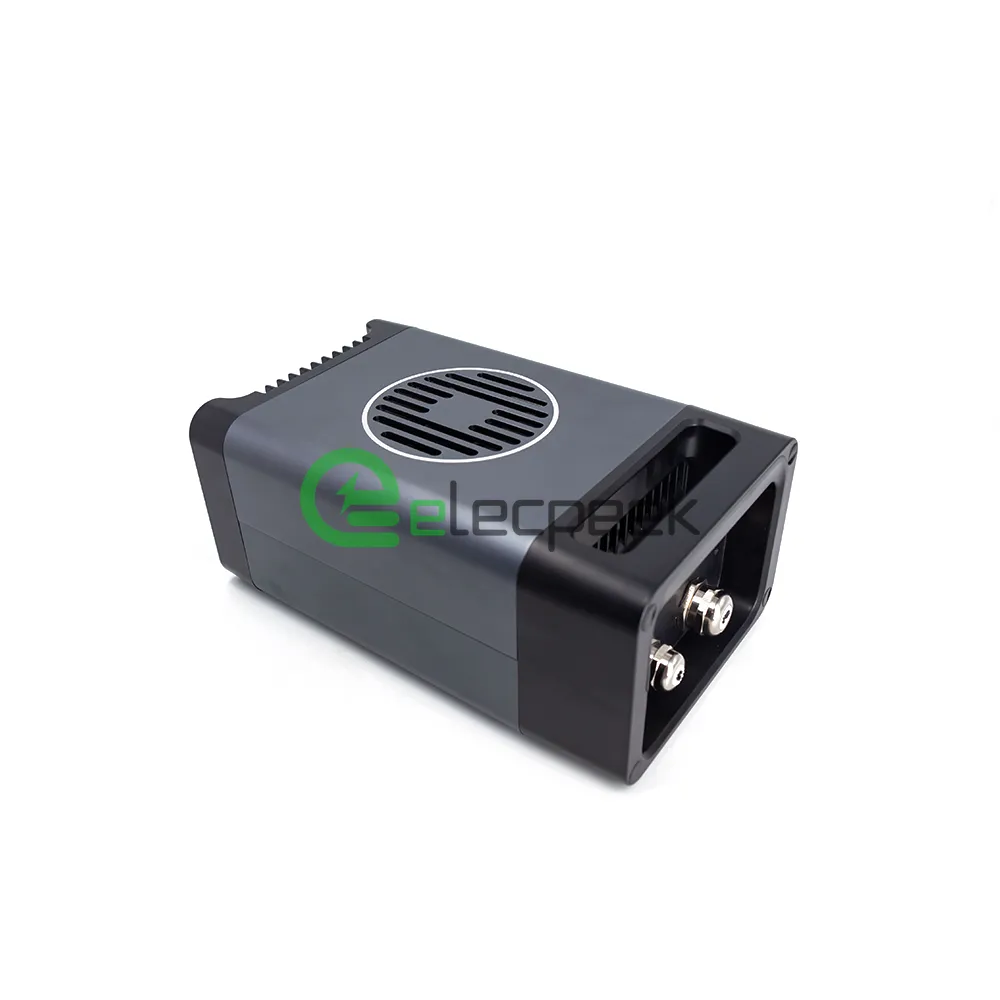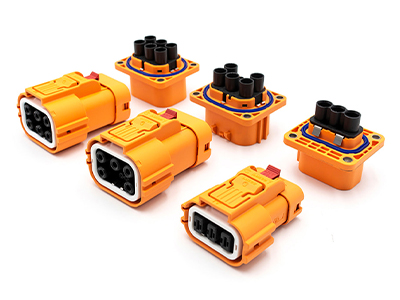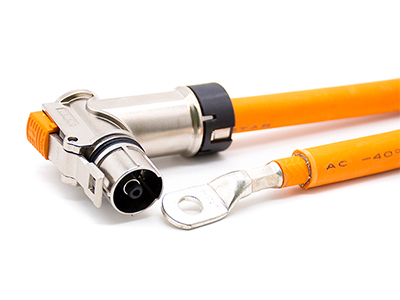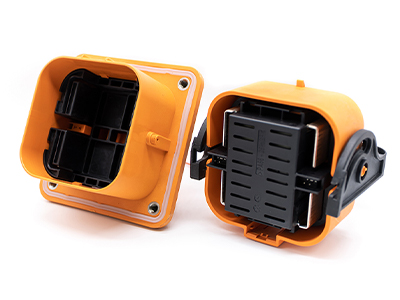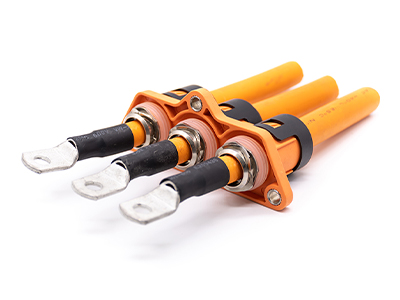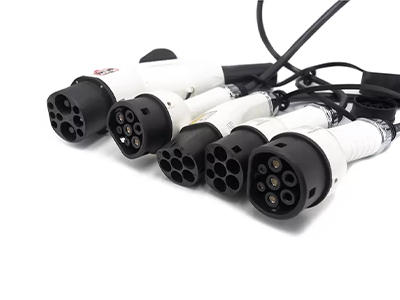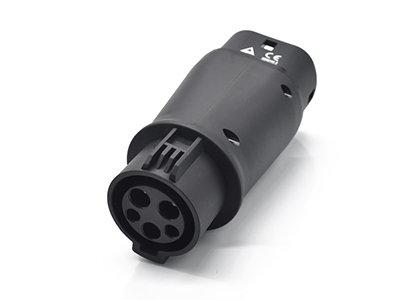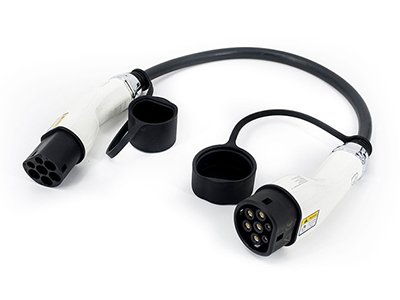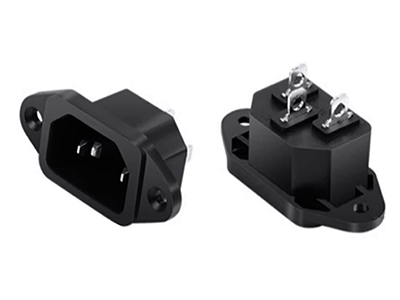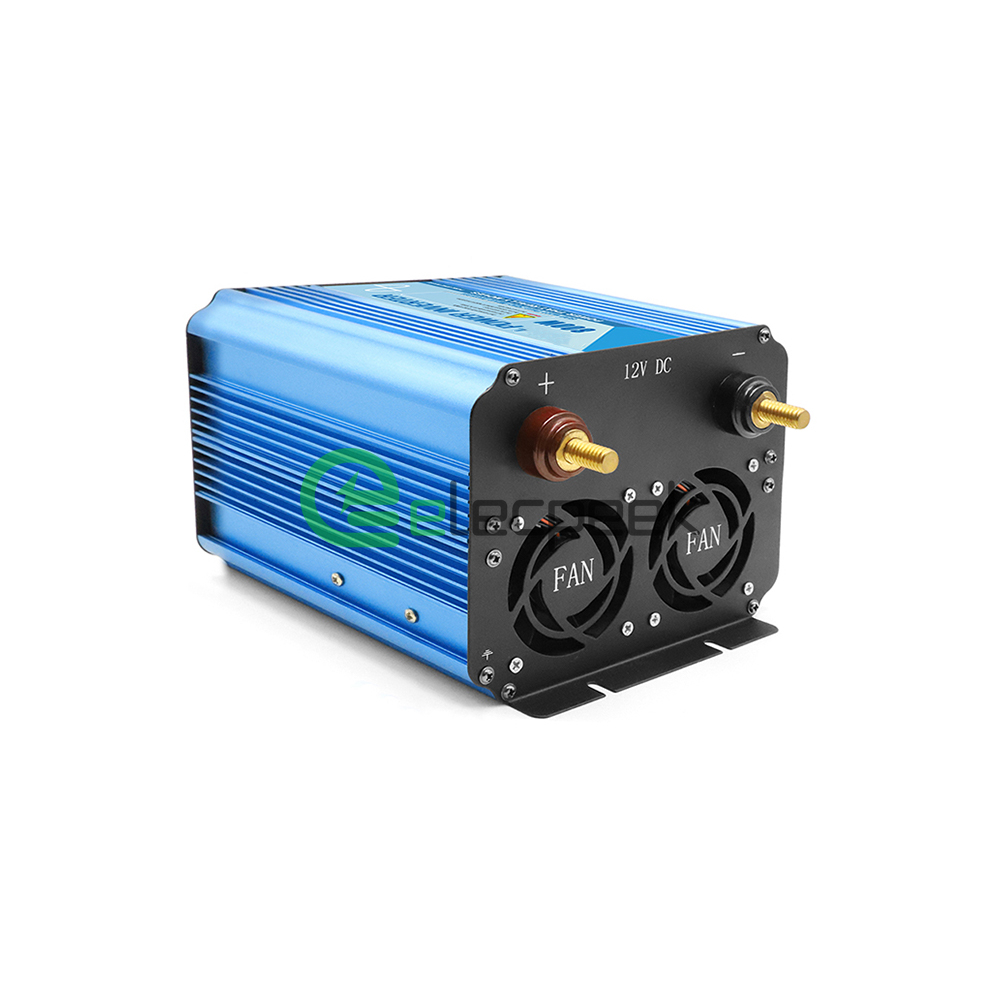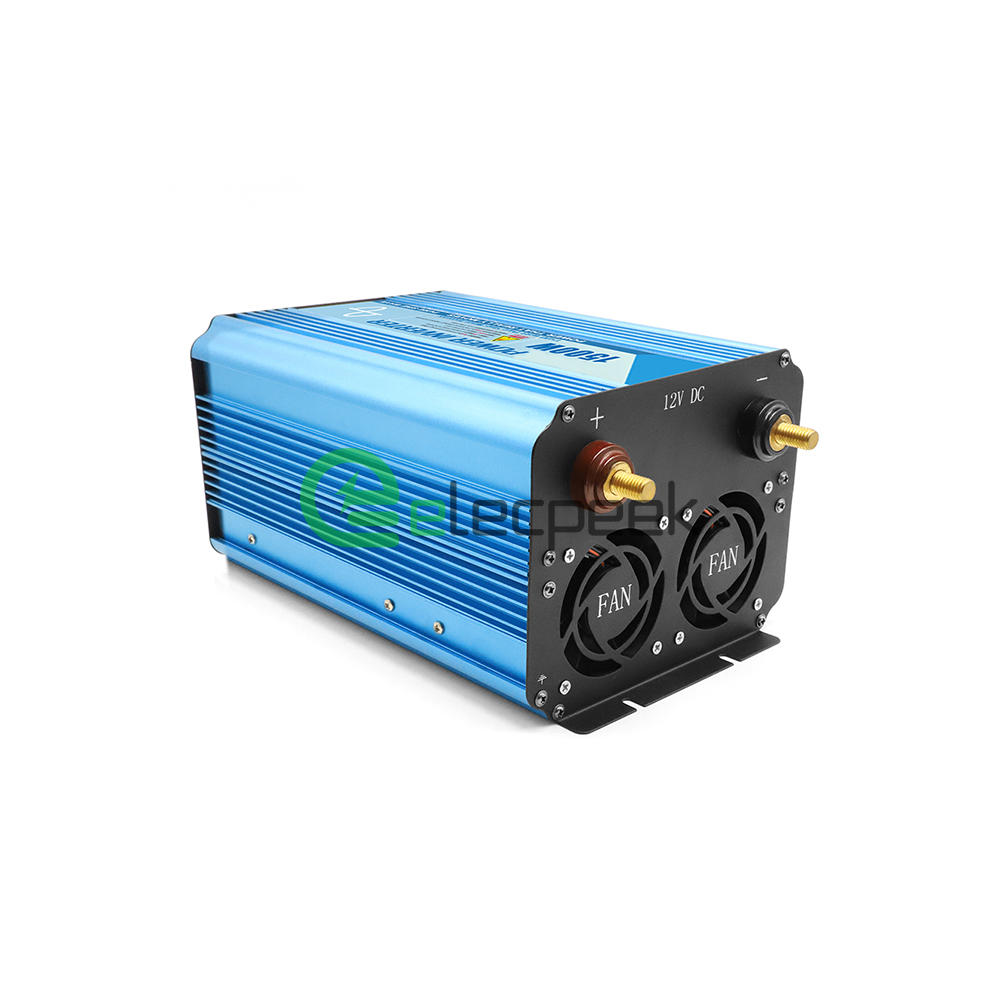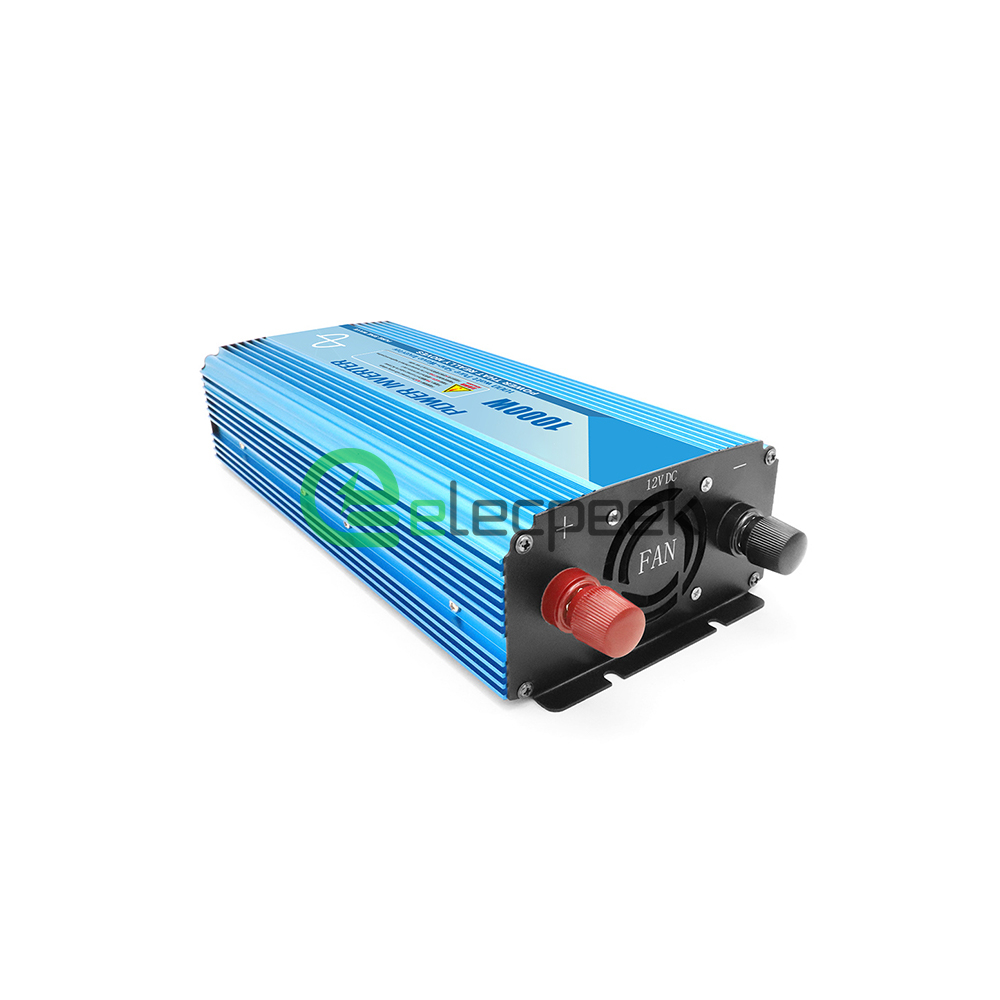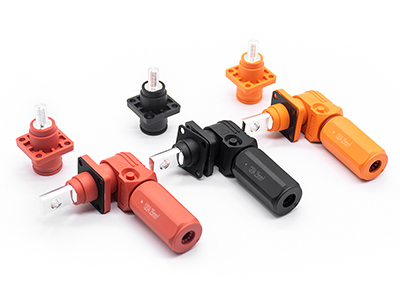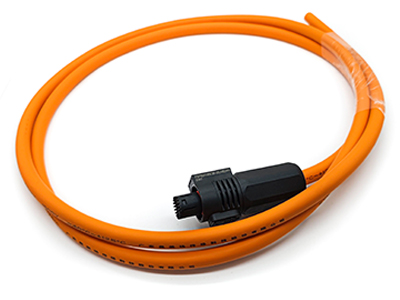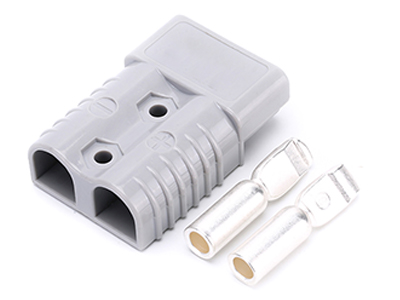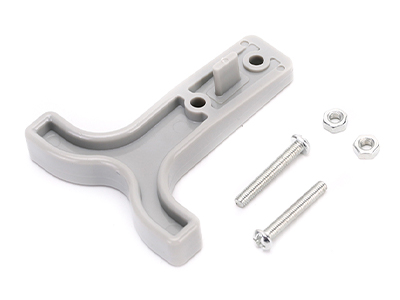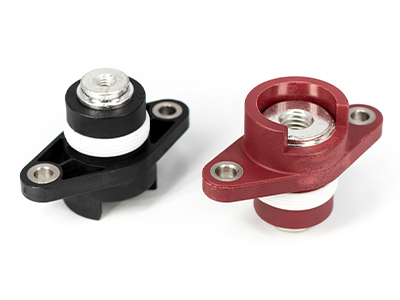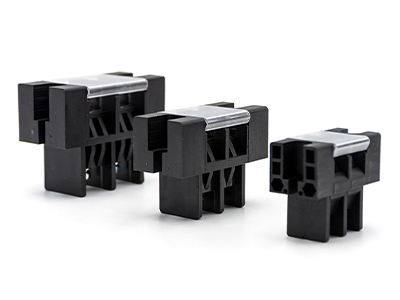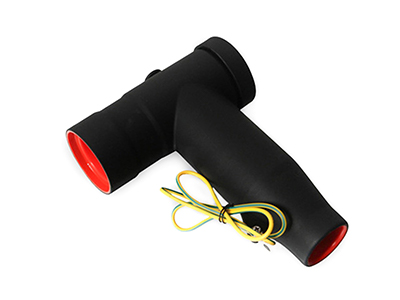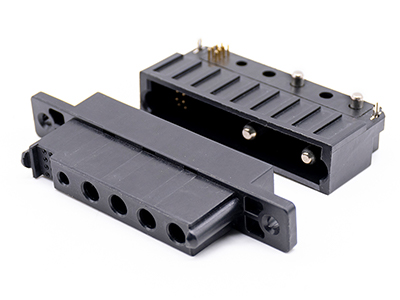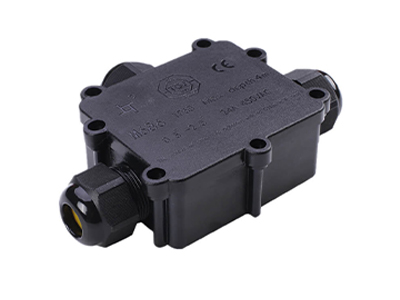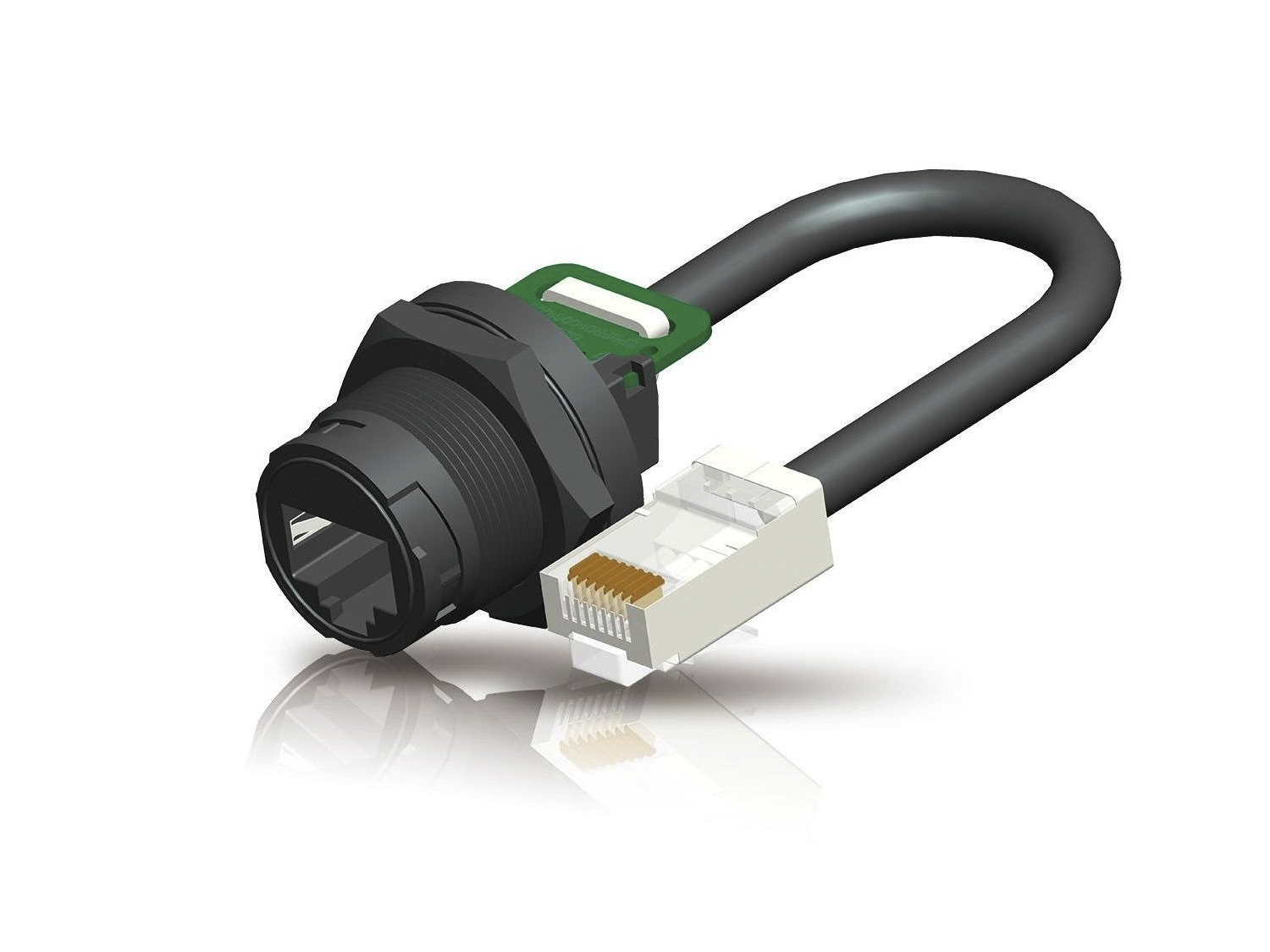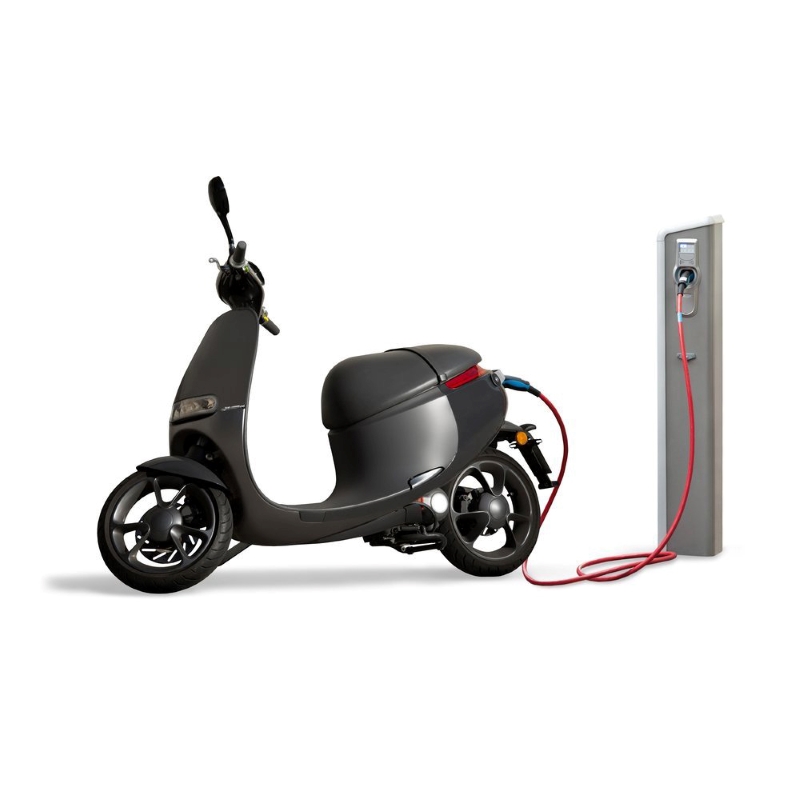News
HV Connector Automotive: Revolutionizing the Electric Vehicle Industry
The world of automobiles has undergone a significant transformation in recent years, with electric vehicles (EVs) becoming increasingly popular. A critical component that’s often overlooked but plays a vital role in this transformation is the high voltage (HV) connector. In this article, we’ll dive into the world of HV connector automotive applications, exploring their significance, various types, and the challenges faced by the industry.
HV Connectors: The Unsung Heroes of Electric Vehicles
When we think of electric vehicles, we often focus on their sleek design, zero-emission capabilities, and cutting-edge technology. But what about the humble connectors that help power these modern marvels? Let’s take a closer look at the role HV connectors play in the automotive industry.
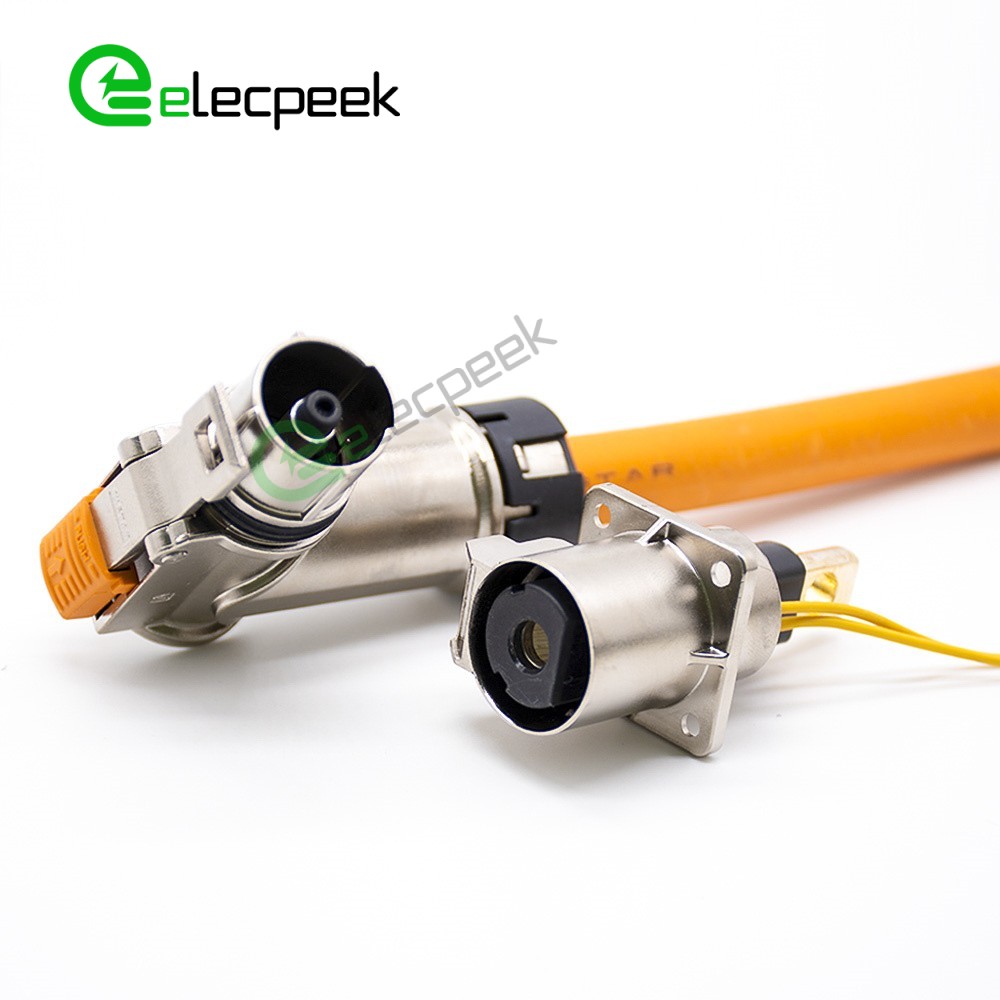
Transmitting High Voltage and High Currents
HV connectors are essential for transmitting high voltage and high current between different components of an electric vehicle. They connect the battery to the powertrain, enabling the vehicle to run smoothly. Without these crucial links, electric vehicles wouldn’t be able to function at all.
Ensuring Safety and Reliability
As the name suggests, HV connectors deal with high voltage, and safety is a top priority. Modern HV connectors are designed to ensure that there’s no risk of electric shocks or short circuits that could lead to catastrophic failures. These connectors are built with high-quality materials and are subjected to rigorous testing to guarantee their safety and reliability.
A World of Choices: Types of HV Connectors in the Automotive Industry
HV connectors come in various shapes and sizes, catering to the diverse needs of the automotive industry. Here are some of the most common types you’ll come across:
Pin and Socket Connectors
These connectors are characterized by their simple design and ease of use. They consist of a male pin and a female socket that fit together snugly, ensuring a secure connection. Pin and socket connectors are widely used in electric vehicles for their reliability and compact size.
Busbar Connectors
Busbar connectors are designed for high-power applications, transferring electricity between components like the battery and the inverter. They’re typically made from copper or aluminum and are known for their excellent conductivity and durability. These connectors are a popular choice in the automotive industry due to their ability to handle high currents without overheating.
Modular Connectors
Modular connectors offer flexibility in design, allowing manufacturers to create custom configurations based on their specific needs. These connectors often consist of multiple components that can be easily assembled and disassembled, making them ideal for complex electrical systems found in electric vehicles.
Facing the Challenges: HV Connector Automotive Industry Hurdles
While HV connectors have revolutionized the electric vehicle industry, there are still challenges that need to be addressed. Let’s discuss some of the main hurdles faced by the industry.
Meeting High Standards
As electric vehicles become more popular, the demand for HV connectors is skyrocketing. To ensure that these components can withstand the rigors of high voltage and current, they must meet strict industry standards. This puts pressure on manufacturers to maintain quality while keeping up with the growing demand.
Balancing Cost and Performance
While electric vehicles are becoming more affordable, the cost of components like HV connectors remains a significant factor. Manufacturers must strike a delicate balance between producing high-quality connectors that perform well and keeping costs down to make electric vehicles accessible to a broader market.
Embracing Innovation
The electric vehicle industry is constantly evolving, and HV connector manufacturers must keep up with the latest innovations. This means staying ahead of the curve by developing new technologies and materials to improve the performance and reliability of their connectors, ensuring that they remain competitive in the fast-paced automotive landscape.
In Conclusion: The Future of HV Connector Automotive Applications
As electric vehicles continue to grow in popularity, the importance of HV connectors in the automotive industry cannot be overstated. These unsung heroes play a crucial role in the functioning and safety of electric vehicles, and their development will only become more critical as the industry evolves.
By understanding the different types of HV connectors and addressing the challenges faced by the industry, manufacturers can continue to innovate and develop new solutions that make electric vehicles more efficient, reliable, and affordable. In doing so, they’ll help pave the way for a greener, more sustainable future for the world of transportation.

